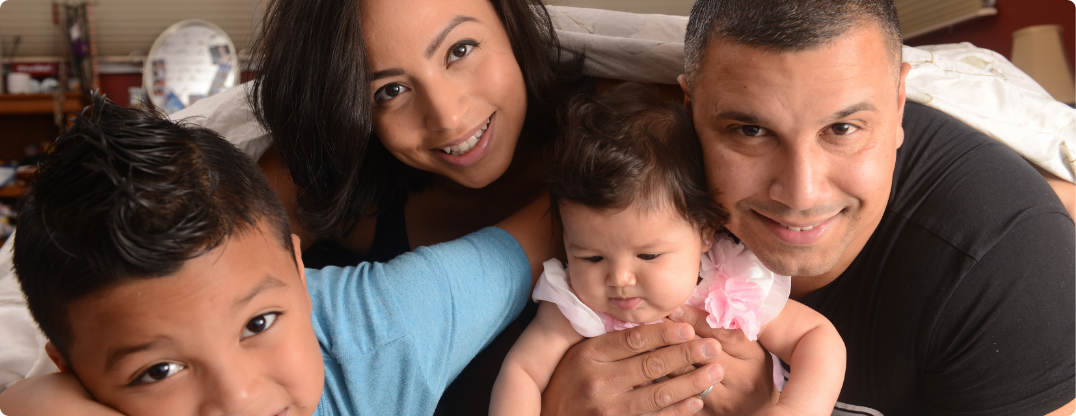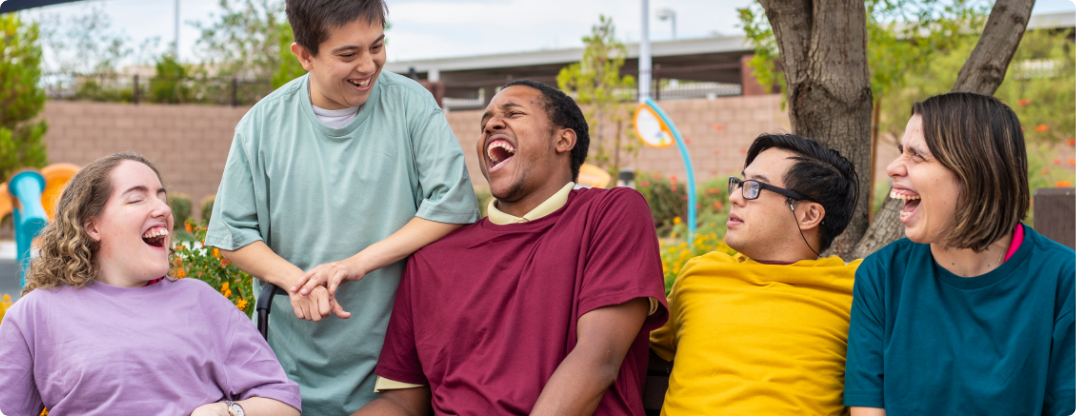Person-Centered Planning is an ongoing process of discovery to create a unique “blueprint for life” for an individual with a disability.
In Person-Centered Planning, a team of people works closely with an individual with a disability to create a plan for the future. The group includes people who have the best interests of the individual with a disability in mind. Parents, siblings, close friends, therapists, educators, healthcare professionals, and more can be part of a person-centered planning team.
Together with an individual with a disability, this team creates a unique “blueprint for life.”
This blueprint, or the Person-Centered Plan, is a living document that changes frequently over time as the needs and desires of the individual it is created for also change. The Plan includes information about the person with a disability that is helpful to others working with them, like:
- Character traits
- Career goals
- Hobbies
- Where the individual wants to live
- How to best support the individual
- Things best to avoid
An essential part of the planning process is finding the important balance between “to” and “for.” For example, a smartphone may be very important “to” a person, and medication is important “for” them. This process serves as the basis for creating a description of a person that leads to action planning.
A thorough Person-Centered plan can cover dozens of aspects of a person’s life and might be many, many pages long. A condensed one-page version of a Plan can also be created; his is called a One-Page Profile.
These resources are a good place to start learning more about person-centered planning.
Every Person-Centered Plan is unique, just like the person it’s about! As you work through this process with your loved one, you might consider creating more than one profile for each area of your child’s life. For example, one plan for school, one plan for home, and one plan for care settings.
Michael Smull and the Learning Community first developed this unique approach. For more about planning and the transition to adulthood, visit Connections California.







